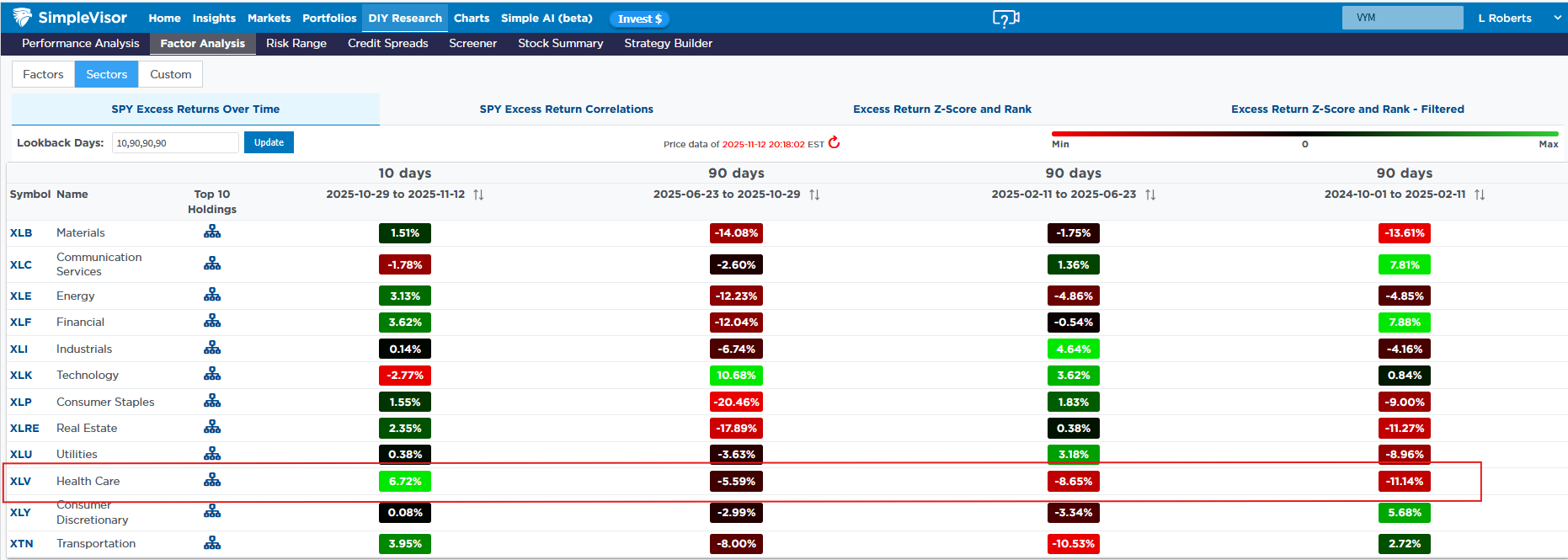BitMine stock falls after CEO change and board appointments
Not that long ago, bond yields were rising as concerns over deficits, inflation, and a series of bad Treasury auctions were paraded through the media. We bring this to your attention as the 10-year Treasury auction on Wednesday was on the weaker side, yet the bond market reaction was minimal.
Additionally, government deficits are just as problematic today as they were in May when the 30-year Treasury bond hit 5.15%. In May, when yields were peaking and bond market narratives, such as the bearish bond sentiment, were spreading fear of much higher yields, year-over-year CPI was 2.37%. Today it’s a touch over 3%.
Since May, bond yields have fallen by about half a percentage point, yet inflation has moved higher, and there doesn’t seem to be an end to excessive government spending. Furthermore, the Fed has been conducting QT, which drains liquidity and leaves the supply of Treasury bonds higher than it would otherwise be. What this tells us is that the bearish bond narrative has lost its steam. As we wrote in January:
Bond investor sentiment does impact yields and can be relatively accurately quantified, unlike the stock market. In bond market parlance sentiment is called the “term premium or discount.”Quantifying the term premium or discount and, equally important, understanding the market narratives responsible for the premium or discount is valuable.
With such knowledge, one can assess whether the narratives make sense. Thus, is the premium or discount likely to be sustained? If the narrative(s) are illogical, there could be an opportunity to profit when the premium or discount normalizes.
The graph below shows that the term premium (purple) has steadily declined, suggesting the narrative, particularly the bearish bond sentiment, is less impactful than it was.
The Big Short Shuts Down
Michael Burry, famed for predicting the 2008 housing/subprime crash and his likeness played a lead role in Michael Lewis’s book and movie The Big Short, is exiting his hedge fund, Scion Asset Management. Recently, he deregistered with the SEC and sent the letter below to his clients.
Scion only managed $155 million as of their last reporting date. While his hedge fund was small, his social media presence was significant. Recently, Burry has been pointing out that the depreciation periods some of Nvidia’s (NASDAQ:NVDA) clients are taking for their chips are much longer than the chips’ useful lives.
Doing so inflates earnings by decreasing expenses. Per Benzinga, he estimates that Oracle’s (NYSE:ORCL) profits could be overstated by 26.9% and Meta’s (NASDAQ:META) by 20.8%. Furthermore, he recently hinted at more details in a forthcoming disclosure on November 25 amid his broader bearish bets, including short positions on Nvidia and Palantir (NASDAQ:PLTR) and a discussion of bond issuance by Meta and Google (NASDAQ:GOOGL).

Healthcare Stocks Rebound: Which Sector Is Next?
For a good chunk of this year, healthcare stocks lagged the broader S&P 500. In fact, on July 22, we wrote a Commentary titled Will The Healthcare Sector Be The Next Rotation? In that article, we wrote:
As shown below, the P/E ratio of the healthcare sector compared to the S&P 500 is the lowest it has been in the last 30 years. Moreover, its absolute P/E is in the lower third of readings over the past 30 years. The sector is also very cheap and very oversold on a shorter-term technical basis.
The answer to our article is yes, healthcare stocks have recently rotated into favor. The table below shows the relative performance of each sector versus the S&P 500 over the last 10 days and in 90-day increments going back to late 2024. As shown, healthcare stocks have outperformed the market by 6.72% over the last 10 days.
Further, the graphic below the table shows that recent buying in healthcare has brought its absolute score to .90, which is a very overbought level. While the sector may consolidate on both relative and absolute terms, it still has significant room to catch up with the broader market. Compare the recent 10-day returns in the table to the prior three sets of 90-day returns for context.
Are the staples, financial, or energy sector next to follow the healthcare lead and play catch-up?

Tweet of the Day

